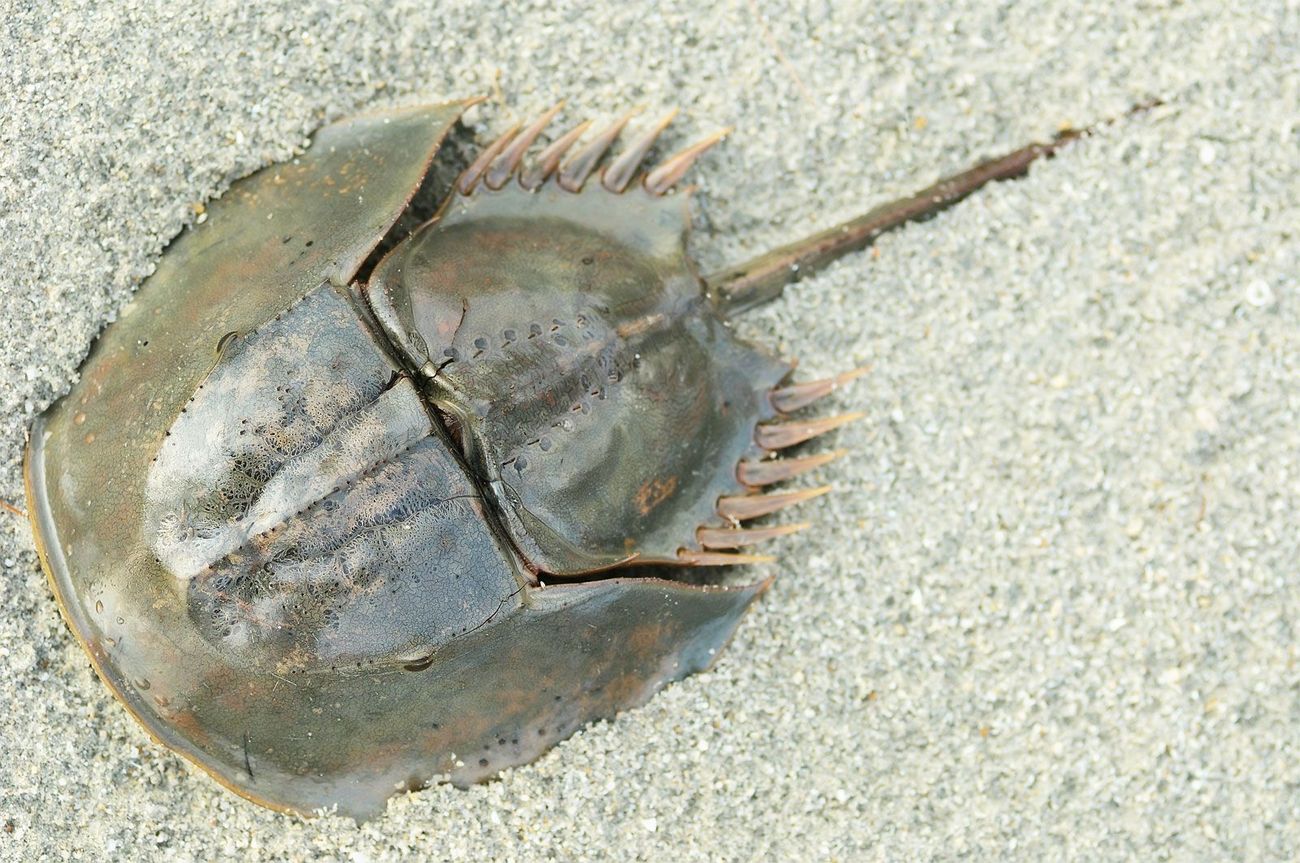
Did you know that horseshoe crabs have been around for over 450 million years? These ancient creatures predate dinosaurs and have remained relatively unchanged. Despite their name, horseshoe crabs are more closely related to spiders and scorpions than to actual crabs. Their blue blood is incredibly valuable in medical research because it contains a substance used to detect bacterial contamination in vaccines and medical equipment. Horseshoe crabs also play a crucial role in coastal ecosystems, serving as a food source for migratory birds. Understanding these fascinating creatures can help us appreciate their importance and the need to protect them. Ready to learn more? Let's dive into 29 amazing facts about horseshoe crabs!
Ancient Creatures
Horseshoe crabs have been around for a very long time. These fascinating creatures have a rich history and some unique characteristics that make them stand out.
- Horseshoe crabs have existed for over 450 million years, even before dinosaurs roamed the Earth.
- They are often called "living fossils" because their appearance has changed very little over millions of years.
- Despite their name, horseshoe crabs are more closely related to spiders and scorpions than to actual crabs.
Unique Anatomy
The body structure of horseshoe crabs is quite distinctive. Let's explore some interesting aspects of their anatomy.
- Horseshoe crabs have a hard exoskeleton that protects their body.
- Their body is divided into three parts: the prosoma (head), the opisthosoma (abdomen), and the telson (tail spine).
- They have ten eyes, including two large compound eyes and several smaller simple eyes.
- The tail spine, or telson, helps them flip over if they get turned upside down.
Blue Blood
One of the most fascinating features of horseshoe crabs is their blue blood. This unique trait has significant implications.
- Horseshoe crab blood is blue because it contains copper-based hemocyanin instead of iron-based hemoglobin.
- Their blood contains a substance called Limulus Amebocyte Lysate (LAL), which is used to test for bacterial contamination in medical equipment and vaccines.
- The LAL test has saved countless lives by ensuring the safety of medical products.
Reproduction and Lifecycle
Horseshoe crabs have a unique way of reproducing and an interesting lifecycle. Here are some facts about how they grow and multiply.
- Horseshoe crabs lay their eggs on sandy beaches during high tides.
- Females can lay up to 120,000 eggs in a single season.
- The eggs hatch into larvae that look like miniature versions of adult horseshoe crabs.
- It takes about 10 years for a horseshoe crab to reach full maturity.
Ecological Importance
Horseshoe crabs play a crucial role in their ecosystems. Their presence impacts various other species and the environment.
- Horseshoe crab eggs are a vital food source for migratory birds, especially the red knot.
- They help maintain the health of coastal ecosystems by aerating the sand as they burrow.
- Their exoskeletons provide habitat for various marine organisms after they molt.
Conservation Efforts
Due to their ecological importance and medical value, conserving horseshoe crabs is essential. Here are some efforts being made to protect them.
- Overharvesting for bait and biomedical use has led to a decline in horseshoe crab populations.
- Conservation programs are in place to monitor and manage horseshoe crab populations.
- Some areas have established protected zones where horseshoe crabs can breed without human interference.
Fun Facts
Horseshoe crabs have some quirky and fun aspects that make them even more interesting. Let's dive into some of these fun facts.
- Horseshoe crabs can live up to 20 years in the wild.
- They have a unique way of walking sideways, similar to crabs.
- Despite their intimidating appearance, horseshoe crabs are harmless to humans.
- They can survive out of water for up to four days if their gills remain moist.
- Horseshoe crabs have a unique immune system that can detect and neutralize pathogens quickly.
Cultural Significance
Horseshoe crabs have also found their way into various cultural aspects. Here are some interesting cultural connections.
- In some cultures, horseshoe crabs are considered symbols of good luck and longevity.
- They have been featured in ancient art and folklore, often depicted as mystical creatures.
- Some coastal communities hold festivals celebrating the annual horseshoe crab spawning events.
Modern Research
Horseshoe crabs continue to be subjects of scientific research. Their unique features provide valuable insights into various fields.
- Researchers study horseshoe crabs to understand more about vision, as their eyes are highly sensitive to light.
The Fascinating World of Horseshoe Crabs
Horseshoe crabs, with their ancient lineage and unique biology, offer a glimpse into the past while playing a crucial role in modern science. Their blue blood, vital for medical testing, highlights their importance beyond their natural habitat. These creatures, often mistaken for crustaceans, are more closely related to spiders and scorpions. Their ability to survive for millions of years showcases their resilience and adaptability.
Understanding horseshoe crabs helps us appreciate the delicate balance of marine ecosystems. Conservation efforts are essential to protect these living fossils from threats like habitat loss and overharvesting. By learning about their life cycle, behavior, and ecological significance, we can contribute to their preservation.
Next time you see a horseshoe crab, remember the incredible journey it represents. From ancient seas to modern labs, these creatures continue to captivate and inspire, reminding us of the interconnectedness of all life on Earth.
Was this page helpful?
Our commitment to delivering trustworthy and engaging content is at the heart of what we do. Each fact on our site is contributed by real users like you, bringing a wealth of diverse insights and information. To ensure the highest standards of accuracy and reliability, our dedicated editors meticulously review each submission. This process guarantees that the facts we share are not only fascinating but also credible. Trust in our commitment to quality and authenticity as you explore and learn with us.
